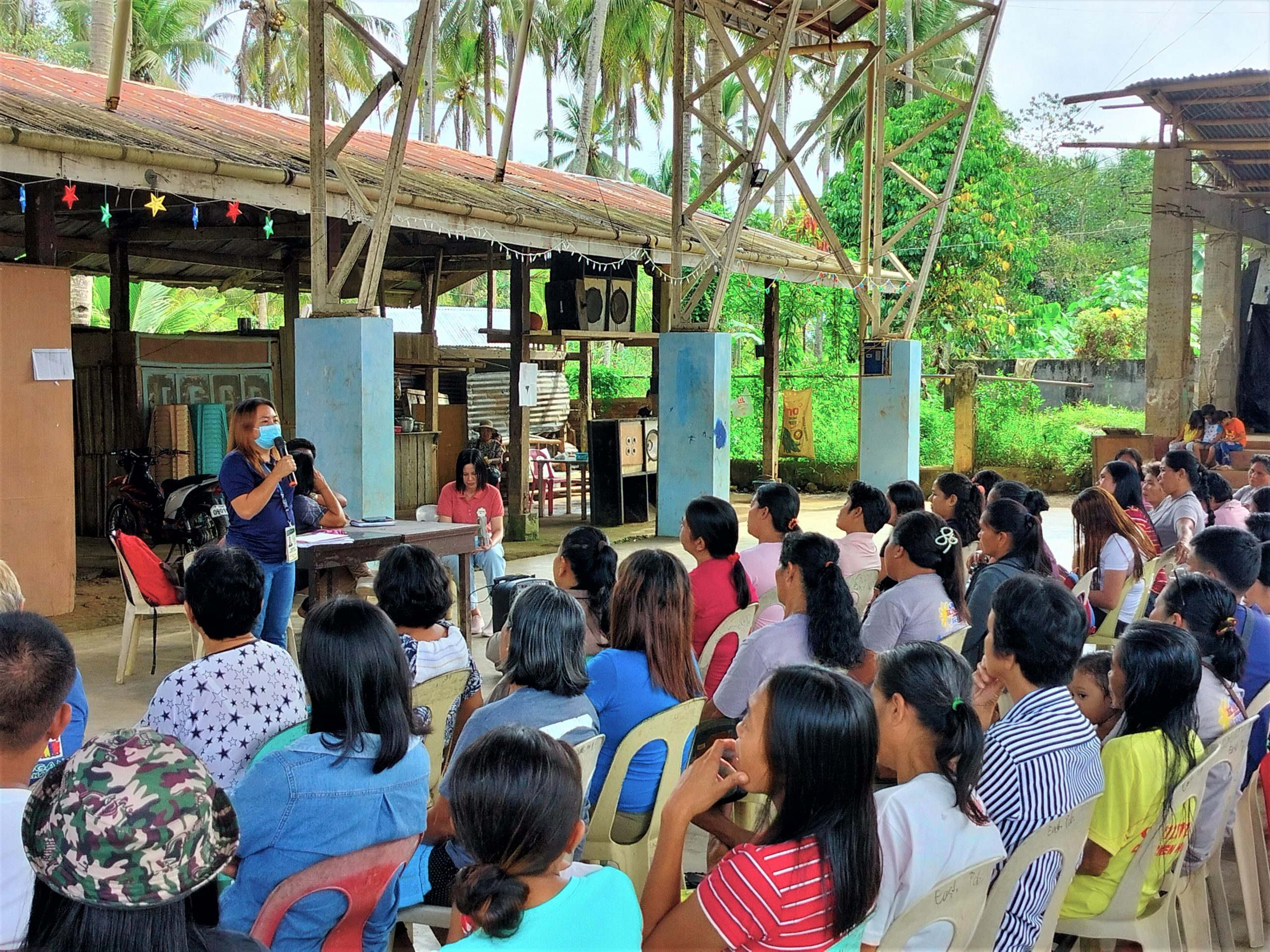ZAMBOANGA PENINSULA, April 4, 2023 – On track with its timeline, the Department of Agriculture – Special Area for Agricultural Development (DA-SAAD) Program in Zamboanga Peninsula completed the Beneficiary Needs Assessment (BNA) and profiling of beneficiaries in Zamboanga del Norte, Zamboanga Sibugay, and Zamboanga del Sur.
A total of 444 participants in the BNA community study were interviewed by the implementers from February 14 to 24 to learn communities’ basic agricultural information and identify the project rationale. About the region’s socio-cultural profile, 73% are adhering to the Christianity faith, with the remaining 27% practicing Islam or Buddhism (NNC, 2020).
The regional implementers strategized to conduct the BNA activity simultaneously in 20 SAAD-covered municipalities. There were eight (8) teams deployed in the areas, each with one community development officer, one social preparation sub-unit staff, and one information officer. The target per team was to complete one to three municipalities per day, with data being evaluated immediately following each BNA to maximize time and facilitate the profiling of qualified beneficiaries after. Table 1. Schedule of BNA and Profiling activities in Zamboanga Peninsula
| Province | Municipality | Farmer’s Association (FA) |
Conduct of BNA (Date) |
Conduct of Profiling |
| Zamboanga del Sur | Lakewood | Lukuan Integrated FA | Feb-14 | Feb-16 |
| Josefina | Ebarly FA | Feb-15 | Feb-17 | |
| Zamboanga del Norte | Kalawit | New Calamba FA | Feb-21 | |
| Zamboanga Sibugay | Talusan | Kasigpitan FA | Feb-16 | |
| Zamboanga del Sur | Midsalip | Cabaluran Banana Planters Association | Feb-16 | Feb-17 |
| Tigbao | Poblacion Tigbao FA | Feb-21 | ||
| Zamboanga del Norte | Sibutad | Marapong Integrated FA | Feb-17 | |
| Zamboanga Sibugay | Olutanga | Matim FA | Feb-17 | |
| Zamboanga del Sur | Sominot | Eastern Poblacion FA | Feb-17 | Feb-21 |
| San Pablo | Kapamanok Rootcrops Kabatan Fa | Feb-21 | ||
| Vincenzo Sagun | Kilusang Pagbabago Kabatan FA | Feb-21 | ||
| Zamboanga del Norte | La Libertad | 7M La Victoria | Feb-23 | |
| Mutia | Pasorio FA | Feb-22 | ||
| Zamboanga Sibugay | Mabuhay | San Roque FA | Feb-23 | |
| Imelda | Israel FA | Feb-20 | Feb-23 | |
| Zamboanga del Norte | Godod | Makugihang Mag-uuma sa Poblacion FA | Feb-23 | |
| Zamboanga del Sur | Tabina | Mabuhay Fa | Feb-22 | Feb-24 |
| Zamboanga del Norte | Jose Dalman | Tabon FA | Feb-24 | |
| Sirawai | Farmers Cowland Association | Feb-23 | Feb-24 | |
| Rizal | Sipaon FA | Feb-24 |
During the BNA, particularly in Zamboanga del Norte and Zamboanga Sibugay, some of the target beneficiaries for SAAD Phase 2 are members of Muslim communities. Thus, livestock project discussion only covers cattle, goat and carabao raising.
Ms. Analisa Dauring, Social Preparation Cluster Head, thoroughly explained the importance and purpose of the BNA to the farmer participants.
“Kining amoang mga pangutana importante ni para makahibaw mi sa inyohang mga kinahanglang tabang o supporta gikan sa gobyerno, ug unsa ang angay nga tabang-panginabuhi na ihatag para ninyo…ug amo ni gamiton as baseline aron mapalambo pa ang amoang serbisyo para ninyo,” said Dauring.
(These questions we asked are vital for us [implementers] to identify what livelihood assistance are needed to be provided or support from the government to your community, and use this information as the baseline to improve our services.)
Site validation was also led by Mr. Nadzmar Abdulhatip, Food Production and Livelihood Cluster Head, assisted by SAAD community development officers and the barangay government, to verify the information gathered during the focused group discussions to match the actual farm areas of the respondents.
This transpired in the municipalities of Godod, Jose Dalman, Mutia, La Libertad, Rizal, Sibutad, Kalawit, and Sirawai in Zamboanga del Norte; Imelda, Talusan, Mabuhay, and Olutanga in Zamboanga Sibugay; and Lakewood, San Pablo, Vicenzo Sagun, Tabina, Tigbao, Josefina, Midsalip, and Sominot in Zamboanga del Sur. These areas belong to the 4th-5th class municipalities and the top ⅓ with the highest poverty incidence rates in the region, which are among the Program’s beneficiary selection criteria.
The team found out that the members have land areas planted with various crops that are sustainable in their areas, but mainly for household consumption. They lack the capital to buy seeds and seedlings because their harvests are just enough to make ends meet, and sometimes remain in debt to provide for extra needs. Also, in terms of farming, most of them practiced the traditional methods which are labor-intensive and time-consuming. For this reason, the FAs hope to avail agri-inputs and pre- and postharvest machinery to modernize their farm activities, increase farm productivity, and grow more crops.
The shortlisted farmers’ associations (FAs) with 540 total members were then profiled to support beneficiary-centered and iterative program design and implementation. This process facilitates the enlistment of beneficiaries into the central registry system, encoded by regional information technologists as part of the efforts to strengthen baseline data for more efficient identification, execution of projects, and avoidance of duplication to maximize the Program’s resources and reach more farmers in the community. Table 2. DA-SAAD 9 total number of BNA participants
| Province | Municipality | Barangay | Farmer’s Association (FA) |
BNA participants |
Profiled beneficiaries |
| Zamboanga Sibugay | Imelda | Israel | Israel FA |
25 |
25 |
| Mabuhay | San Roque | San Roque FA |
25 |
25 |
|
| Talusan | Kasigpitan | Kasigpitan FA |
25 |
25 |
|
| Olutanga | Matim | Matim FA |
25 |
25 |
|
| Zamboanga del Sur | Sominot | Eastern Poblacion | Eastern Poblacion FA |
25 |
25 |
| Midsalip | Cabaluran | Cabaluran Banana Planters Association |
25 |
25 |
|
| San Pablo | Kapamanok | Kapamanok Rootcrops FA |
25 |
25 |
|
| Lakewood | Lukuan | Lukuan Integrated FA |
25 |
25 |
|
| Josefina | Ebarly | Ebarly FA |
15 |
25 |
|
| Tigbao | Tigbao | Poblacion Tigbao FA |
15 |
25 |
|
| Vincenzo Sagun | Kabatan | Kilusang Pagbabago Kabatan FA |
25 |
25 |
|
| Tabina | Mabuhay | Mabuhay FA |
25 |
25 |
|
| Zamboanga del Norte | Kalawit | New Calamba | New Calamba FA |
29 |
29 |
| Sirawai | Lubok | Farmers Cowland Association |
15 |
25 |
|
| Jose Dalman | Tabon | Tabon FA |
30 |
25 |
|
| Godod | Poblacion | Makugihang Mag-uuma sa Poblacion FA |
30 |
31 |
|
| La Libertad | La Victoria | 7M La Victoria FA |
15 |
29 |
|
| Mutia | Pasorio | Pasorio FA |
15 |
31 |
|
| Rizal | Sipaon | Sipaon FA |
15 |
30 |
|
| Sibutad | Marapong | Marapong Integrated FA |
15 |
40 |
|
|
Total |
20 |
444 |
540 |
The members of the FAs were enlisted in the Registry System for Basic Sector in Agriculture (RSBSA) to access agriculture-related programs and services, and are registered at the Department of Labor and Employment (DOLE) for the mutual aid and protection of its members, or for other legitimate purposes to achieve legal recognition, and priority during the national and local development planning in the agriculture sector.
Carefully considering the community resources and experiences, the result of the BNA study revealed that the proposed projects in each municipality were seen as feasible and suited to the agricultural farms of the beneficiaries. Data collected on the socio-economic profiles of the farmers reflect the individual’s capability to grow and manage various crops such as corn, rice, banana, peanut, and vegetables, as well as raising poultry and livestock.
For instance, farmer-members in Midsalip, Zamboanga del Sur, have experience cultivating lakatan and cardava banana varieties because they received inputs from DA years ago; however, production was halted because marketing and consolidation (third party) can be challenging for the farmers. Said areas listed as End-Local Communist and Conflict (ELCAC) and Geographically Isolated and Disadvantaged Areas (GIDA) now have direct access to markets through the road development projects of the National Task Force-ELCAC.
Banana production is very promising in the region as it grows productively in tropical areas, cultivated by farmers next to cassava, corn, and rice. It is a perennial plant that replaces itself after 9 to 12 months before harvesting. During the second quarter of FY 2022, Zamboanga Peninsula shares 3% of the total banana production in the country according to the Philippine Statistics Authority’s data.
Of the 20 FAs, 11 will receive livestock and poultry-related projects, 5 groups for high-value crops, 2 groups for corn, and another 2 groups for rice. The distribution of livelihood inputs will take place in the second to third quarter of 2023.
The two-week activity was joined by the Agricultural Program Coordinating Officers (APCOs) in the three provinces, namely: Mr. George Valliente, Ms. Desiree Arriola, and Mr. Jose Agad. Following this field event, the DA-SAAD 9 implementers are set for beneficiary profiling, agricultural livelihood project distribution, marketing assistance for the recipients’ products, and mobilizing them to develop an agri-enterprise to ensure project sustainability. ###
Writer: Ellaine Quiamco, Region 9 Information Officer
Sources:
Analisa Dauring, OPBME-Social Preparation Cluster Head
Nadzmar Abdulatip, OPBME-Food Production and Livelihood Cluster Head
Nievo Amparado, Catherine Aranton, Roque Dulutallas, Mark Ferolino, Jailyn Gamutan, Janeen Ivana Golis, Adam Gonzales, and Alkhartemar Sangkula, Community Development Officers of DA Zampen
References:
National Nutrition Council. April 2020. Zamboanga Peninsula Profile retrieved from https://www.nnc.gov.ph/regional-offices/mindanao/region-ix-zamboanga-peninsula/53-region-9-profile.
Philippine Statistic Authority. Major Fruit Crops Quarterly Bulletin April to June 2022 retrieved from https://psa.gov.ph/sites/default/files/Major%20Fruit%20Crops%20Quarterly%20Bulletin%20April%20to%20June%202022_0.pdf


























Comments (0)